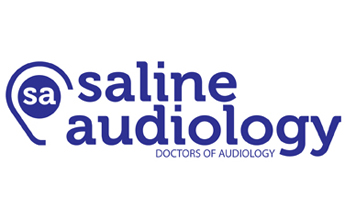Noise
Loud noise can be very damaging to hearing. Both the level of noise and the length of time you listen to the noise can put you at risk for noise-induced hearing loss. Noise levels are measured in decibels, or dB for short. The higher the decibel level, the louder the noise. Sounds that are louder than 85 dB can cause permanent hearing loss. The hearing system can be injured not only by a loud blast or explosion but also by prolonged exposure to high noise levels.

How loud is too loud?
The noise chart below lists average decibel levels for everyday sounds around you.
Painful
150 dB = fireworks at 3 feet
140 dB = firearms, jet engine
130 dB = jackhammer
120 dB = jet plane takeoff, siren
Extremely Loud
110 dB = maximum output of some MP3 players, model airplane, chain saw
106 dB = gas lawn mower, snowblower
100 dB = hand drill, pneumatic drill
90 dB = subway, passing motorcycle
Very Loud
80–90 dB = blow-dryer, kitchen blender, food processor
70 dB = busy traffic, vacuum cleaner, alarm clock
Moderate
60 dB = typical conversation, dishwasher, clothes dryer
50 dB = moderate rainfall
40 dB = quiet room
Faint
30 dB = whisper, quiet library
(Retrieved from www.noisyplanet.nidcd.nih.gov/parents/athome.htm and www.lhh.org/noise/facts/environment.html on September 24, 2009)
How can I tell if I am listening to dangerous noise levels?
- You must raise your voice to be heard.
- You can’t hear someone 3 feet away from you.
- Speech around you sounds muffled or dull after you leave the noisy area.
- You have pain or ringing in your ears (this is called “tinnitus”) after exposure to noise.
Saline Audiology
501-778-3868 or 501-922-0053
